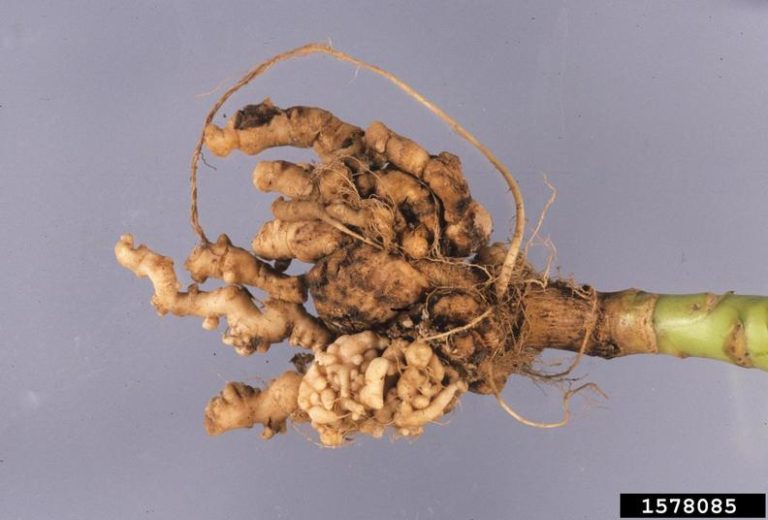Plant quarantine in Nepal faces several challenges that impact its effectiveness and the overall protection of agriculture and biodiversity. Here are some key challenges:
1. Limited Resources and Infrastructure
- Financial Constraints: Budget limitations can restrict the ability to invest in modern technology, infrastructure, and training for plant quarantine activities.
- Insufficient Facilities: Adequate facilities for the inspection, treatment, and storage of plant products may be lacking, particularly in remote or less-developed areas.
2. Pest and Disease Management
- Diverse Threats: Nepal faces a wide range of plant pests and diseases, including invasive species that can cause significant damage to crops and natural ecosystems.
- Emerging Threats: New and emerging pests and diseases pose ongoing risks, and staying ahead of these threats requires continuous monitoring and adaptation of quarantine measures.
3. Coordination and Communication
- Inter-agency Coordination: Effective plant quarantine requires coordination between various government departments, border authorities, and other stakeholders. Challenges in communication and collaboration can hinder the effectiveness of quarantine measures.
- Cross-border Issues: Nepal’s proximity to other countries with varying phytosanitary standards can complicate quarantine efforts and lead to inconsistencies in enforcement.
4. Capacity Building
- Training Needs: There is a need for ongoing training and capacity building for quarantine personnel to keep up with advances in pest management and plant health diagnostics.
- Technical Expertise: Limited technical expertise and resources for identifying and managing pests and diseases can affect the efficiency of quarantine operations.
5. Compliance and Enforcement
- Regulation Adherence: Ensuring compliance with plant quarantine regulations among farmers, exporters, and importers can be challenging. There may be a lack of awareness or understanding of the requirements.
- Enforcement Difficulties: Effective enforcement of quarantine measures, including inspections and penalties, can be difficult due to resource constraints and logistical issues.
6. Trade and Economic Implications
- Trade Barriers: Stringent quarantine measures can sometimes act as trade barriers, affecting the export of Nepalese plant products and potentially leading to disputes with trading partners.
- Economic Impact: The cost of implementing and adhering to quarantine measures can be a burden on small-scale farmers and businesses, affecting their competitiveness.
7. Environmental Impact
- Chemical Treatments: The use of chemical treatments for pest control can have unintended environmental impacts, including potential harm to non-target organisms and ecosystems.
- Ecosystem Disruption: Invasive species that are not effectively managed through quarantine measures can disrupt local ecosystems and biodiversity.
8. Public Awareness and Education
- Lack of Awareness: There may be limited awareness among farmers, exporters, and the general public about the importance of plant quarantine and the specifics of compliance requirements.
- Educational Outreach: Effective outreach and education programs are needed to improve understanding and cooperation with plant quarantine regulations.
9. Technological Challenges
- Outdated Technology: In some areas, outdated technology and diagnostic tools can hinder the ability to detect and manage plant pests and diseases effectively.
- Data Management: Managing and analyzing data related to plant health and quarantine measures can be challenging without modern information systems.
Addressing these challenges requires a comprehensive approach that includes enhancing resources, improving coordination, investing in technology and training, and fostering greater awareness and compliance among stakeholders.




Nice Post
Nice